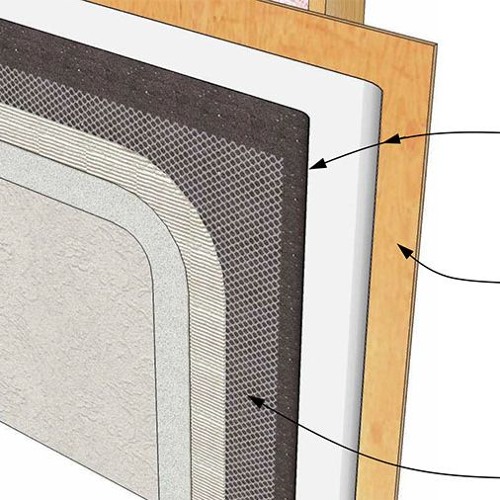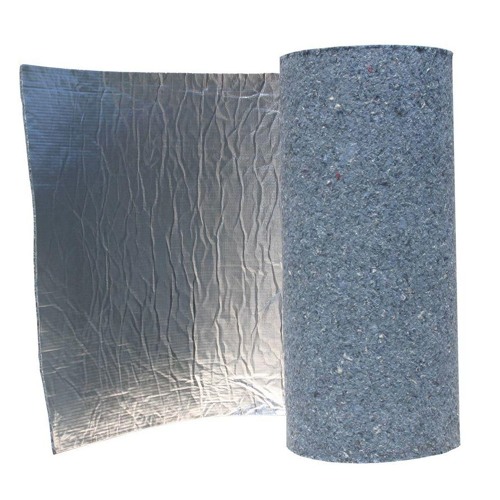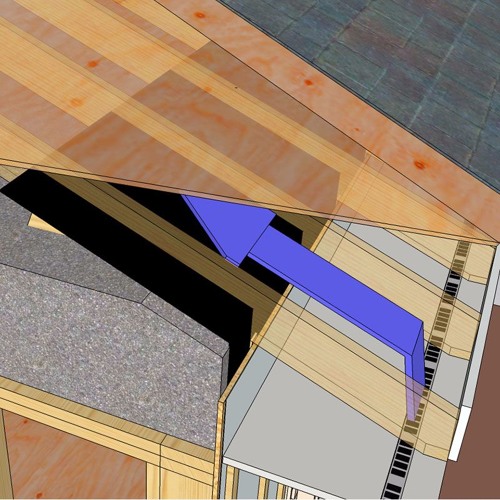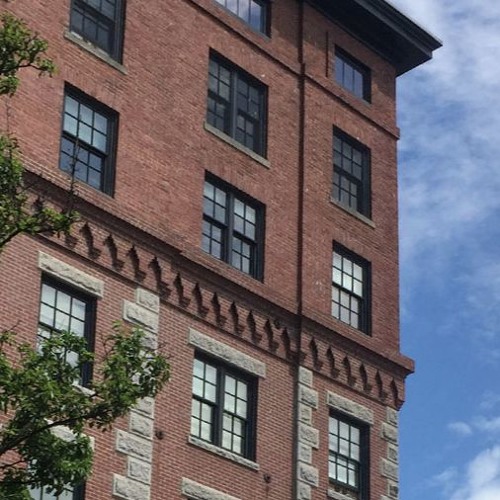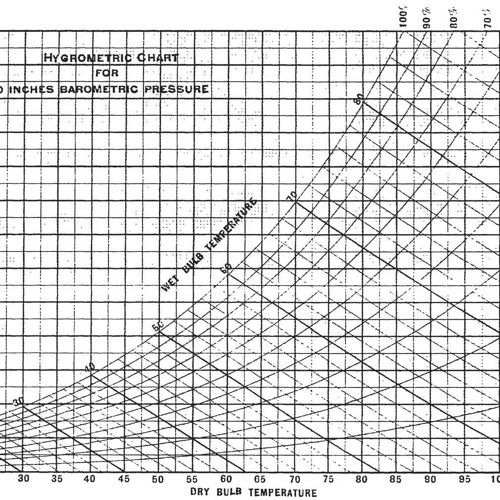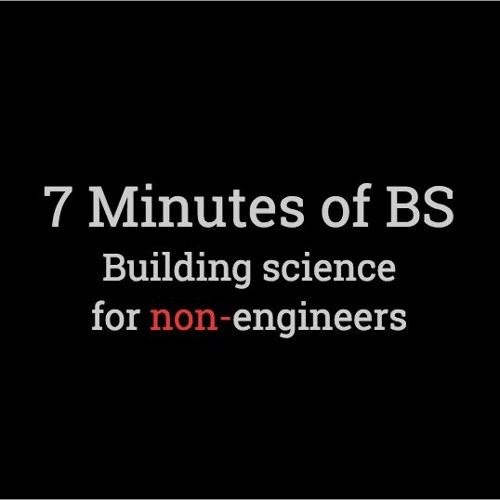Today, we're gonna talk about historic mortars. Sarah Gray, M.Sc., P.Eng., CAHP, is an engineer with RDH Building Science Inc. who loves to talk about how old mortar differs from new mortar and how to Mix them (DON'T).
What mortar is
So first, let's talk about what mortar is.
ˈmôrdər (n)
In short, mortar is a mixture of some or all of the following materials. You can have Portland cement, sand, lime clay, and more modern additives.
—Saray Gray, M.Sc., P. Eng.
How mortar works:
The cement and lime, give the mortar strength, sand gives it bulk and helps to reduce the shrinkage that can occur as wet mortar cures. Newer additives and add mixtures are also available, that can reduce the water needed, to add strength, to provide freezing protection or to improve bonding.
Mortar is used to stick masonry units like brick, stone, terracotta, concrete block, or even adobe together to form panels or to form walls.
Mortar is like the cookie part of a chocolate chip cookie. And the chocolate chips are like the bricks. Except that brick walls are a lot more orderly than cookies. Where a cookie is just a yummy melted blob, mortar joints in a brick, block or stone wall are much more regular.
For small mortar joints, like between small bricks, use fine sand. For large joints, like in block or rock, use large sand. Larger sand provides more space between the particles for the mortar to act more like a cookie.
In historic times, in the 1800s or before mortar was fairly weak. So that's why buildings built of brick and stone were not 30 or 40 stories tall, because the mortar just wasn't strong enough to hold the wall up. Also lime takes a long time to cure, and in fact, years for lime mortars to cure. So you can't build a wall 30 or 40 stories tall with a lime mortar because it would just sag under its own weight.
Early mortars, particularly in the south and southwest of the US were actually made of earth or soil. So that's why I said that some mortars include clay. And other historic mortars were simply made of lime, putty and sand. Today, Portland cement and hydrated lime powder are used to give mortar strength. A lot of lime and less cement has a lower strength than a mortar with a lot of Portland cement and little or no lime. So there's a range of strengths that you can mix into a mortar.
Mortar made with Portland, cement is much stronger than lime mortar, which is great, it means we can build taller and thinner walls with these new, stronger mortars.
Why mortar matters
Strength to stand taller than a handful of stories was a big deal in the 20th century. But stronger isn't always better, it can be more brittle, for example, and less able to tolerate the give and take from geologic and climatic events.
Weaker mortar mixes actually give the wall some plasticity or movement so that the wall can move slightly without cracking or crumbling. So that's pretty cool. And in today's stronger cement mixes, we don't see that plasticity or give, in the mortar or in the wall.
A common mistake of remodelers working on old 1800s farmhouses, for example, is to not realize that they need to match the new mortar to the old mortar. Adding cement mortar to a lime mortar wall can be a problem in at least a few ways.
If you add a stronger Portland cement mortar to that 1800s farmhouse, it doesn't necessarily make the wall stronger. It may be locally stronger where you put the new mortar. However, the newer mortar will also have less porosity. In other words, the Portland cement mortar will be less able to dry out if it gets wet. Old mortar allows moisture to exit. Portland cement mortar, traps moisture inside.
This can be a durability issue, if moisture that used to be able to escape, no longer can.
It also allows the mortar to deteriorate preferentially. meaning that the mortar is weaker than the brick. So it is sacrificial in the efflorescence and weathering processes. The mortar will deteriorate under freeze-thaw, or other water action more quickly than brick and stone, and that's a good thing because mortar is cheaper and easier to repair or to replace than a brick or a stone or a piece of fancy terracotta.
How to do mortar right
So summing it up, don't mix your mortars. If you're working on an old wall with sandy white lime mortar, mix a mortar to match it. If you have trouble, look for an old stone mason and ask them. Or find a young passionate engineer and ask her.
When we want to match historic mortars, we often dissolve out some of the calcium carbonate and other materials, and just look at the sand under a microscope, to look at the shape and the color of those sand particles. And then find a source of new sand for the new mortar that matches those old sand particles.
There's also a color and aesthetic aspect to think about. Older mortar that contains a lot of lime is typically whiter, and typically shows a bit more of the sand texture. Portland cement mortar is much more grey than lime mortar and can also have a slicker appearance than the sandy finish of a lime mortar. Whether from big grains, small grains, round or angular ones.
Speaking of grains, be sure to avoid sea sand at all cost. The salt in the beach sand will deteriorate the mortar quickly. One last thing Sarah wanted to cover today is the frequent misuse of the term "tuck pointing" which I'm guilty of myself.
Word Police: Tuck Pointing is not what you think it is
There's also a process called tuckpointing. Tuckpointing is actually a very special practice of mortar where you use a first type of mortar, etch out a groove in that first layer of mortar and install a second layer of mortar that can be a different color to give it a special appearance into that groove.
It makes me cringe when I hear people say, "Oh, we're going to tuck point the wall that's deteriorated." And in fact, they're not tuckpointing the wall because they're not doing this ornamental mortar work. When you repair a masonry wall, it's actually called re-pointing: removing the outer layer of mortar to install a full, new joint of mortar to make the wall more water-tight or to fix deterioration.
So re-pointing and tuck pointing are actually two different things.
Remember, you get paid for what you do and what you know. Now you know a little bit more about mortar and what can go wrong if you mix up the wrong stuff. So do this: Next, subscribe to this podcast: iTunes | Google Play | SoundCloud, and while you’re there, give us a five-star rating and a positive review.
ProTradeCraft would like to thank Sarah Gray and RDH Building Science laboratories for participating in this award-winning Podcast and encourage them to keep it up. Seven minutes of BS is a production of the SGC Horizon Media Network.
